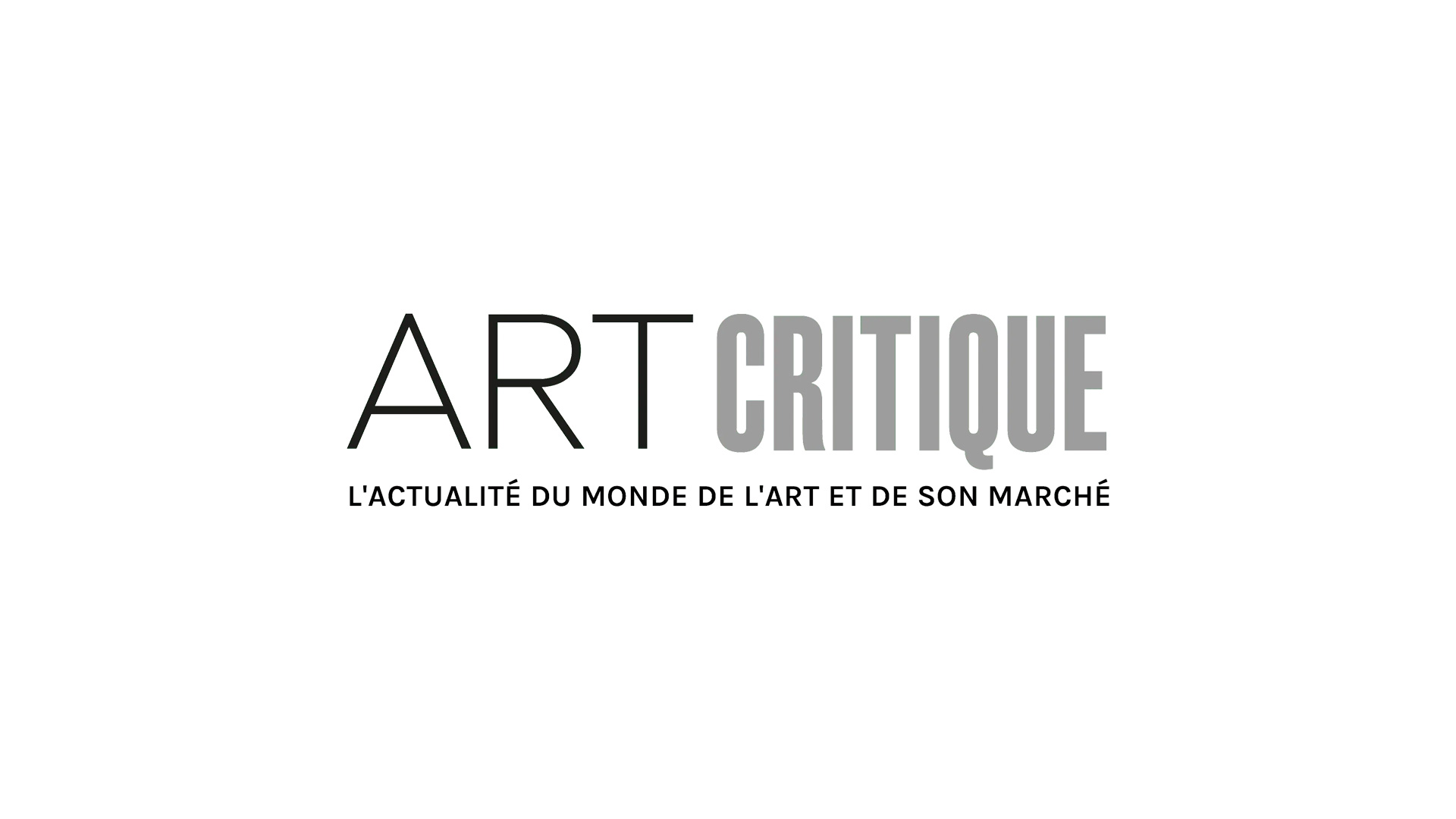The digital age of the blog is long dead, buried beneath over the 500 million that exist as 2019 comes to a close. Many museums continue to toil away, crafting thoughtful blog posts that few read. Only recently have cultural institutions turned away from the saturated outlet, recognizing that we are now well into the era of the podcast. The audio platform is proving to be instrumental for museums as they continue to cultivate audiences as well as search for an accessible means to create connections between their collections and our collective humanity.
A podcast is an audio program in a digital format that can be downloaded via an app or platform. Over 70% of audiences usually listen to episodes at home or on their commutes. Podcasts often have loyal followers that religiously download new shows and will overwhelmingly stick around for an entire episode. According to author and podcast producer Hannah Hethmon, podcast listeners are approximately 56% men and 44% women; they are educated and affluent people with a household income of over $75,000. With such an engaged userbase, it is no wonder that podcasts are quickly becoming a powerful tool for museums to make personal connections with audiences.
Podcasts allow cultural organizations to have a captive audience outside of the walls of their institutions. They can delve into a backstory of an object, explore a particular collection, or spark dialogue about a current event/topic. Moreover, the creative outlet is flexible in that museums can produce one season or multiple; they can create a new episode weekly or just seasonally. While museums using audio is not novel, the ability for potential visitors to access free and entertaining content that either informs or allows them to join a group of likeminded people is.
Some audio programs offer a more behind the scenes perspective with a talk show or narrative approach. In Hethmon’s Museums in Strange Places podcast, listeners around the globe discover the stories, challenges, and triumphs facing museum professionals in particular countries or states. Museum Confidential, produced by the Philbrook Museum, is another investigative podcast the delves into artists or object histories, as well as conducts timely interviews with individuals working in the field. If this type of insightful content interests you, other podcasts to listen to also include Museopunks, Museum Archipelago, or the Museum People Podcast.
Certain podcasts have a more out-of-the-box approach to storytelling, whether through first-person perspective or artist collaborations. The United States Holocaust Memorial Museum created podcasts that tell the history of the holocaust from survivor interviews through their First Person program. Rather than create a complete podcast from scratch, The Metropolitan Museum’s collaboration with Nate DiMeo’s The Memory Palace podcast proved to be successful and continues to be popular. In 2017, he participated in one of the artists in residence programs in which he simultaneously took a close look at their American Wing collection and offered unique soundscapes for each episode.
Museums face the challenge of creating content that is genuine and that proves art can enhance lives. While podcasts have gained popularity for over a decade, there is still an opportunity for cultural organizations to grow and prosper by using this dynamic avenue. If you are looking to start a podcast for a cultural institution or learning more to launch your own, consider reading Every Museum Needs a Podcast by Hannah Hethmon. In the book, the author delves into all the information one might need to get started. Hethmon also includes a list of equipment required to get started as well as some worksheets to help you think through your podcast idea or the concept for your institution.





